I unearthed some of my Dad’s old drafting supplies. It’s amazing I’ve had these as long as I have and I haven’t really used them. Four of them have never even been opened.
The blue cases are Staedtler-Mars Lumograph leads. And they really are made of lead. Guess I should wash my hands after handling them!
They’re pretty old. Staedtler’s website states that they’ve been manufacturing pencil leads since 1967. So they are at most that old. When I asked my Dad for a date he said they were most likely from his drafting days, so that puts them at the early 70s. I searched online for when these were produced. I couldn’t nail down an exact date, but I did find one guy selling them on eBay for $10 bucks a pop. So I guess they’re worth a little bit.
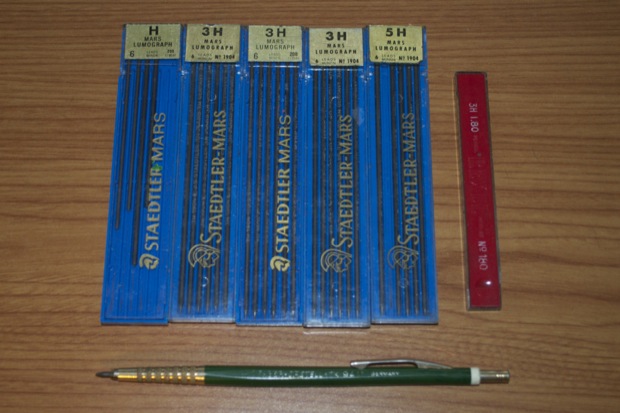
Other than the obvious hardness levels, they all look the same. However, there are some subtle differences. Two are labeled as models “200 (1904)” where the others are “No. 1904”.
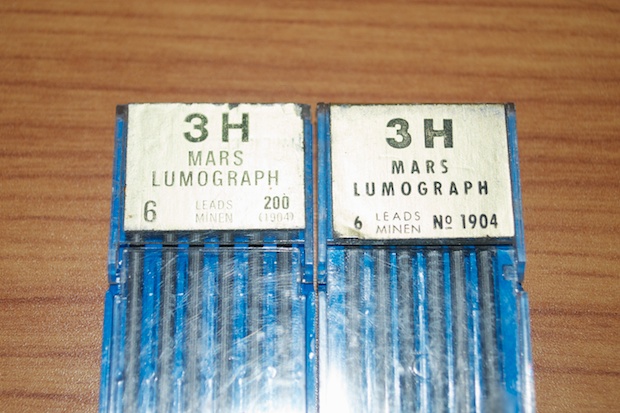
In addition, the 200s have a white back. I wondered if they were just different variations within the same product line, or if they were years apart, but I couldn’t find any clues online.
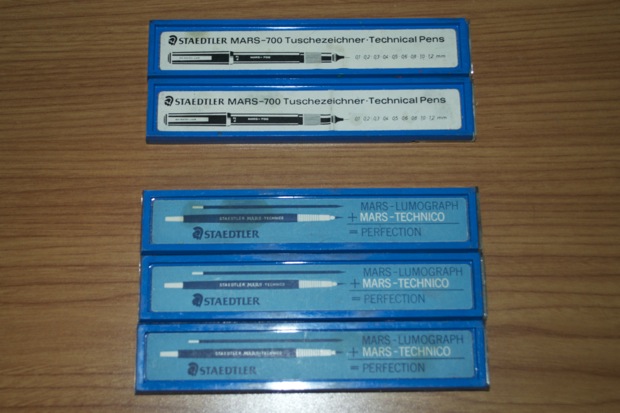
To open the leads, there’s a little door at the top that flips open.
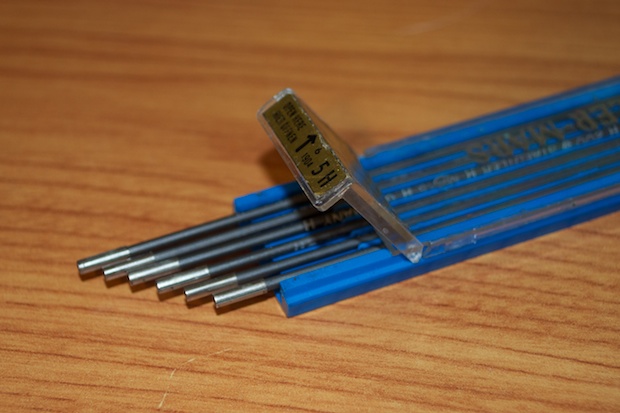
With the exception of the “H” ones, all the leads are nice and sharp. They’ve never been used.
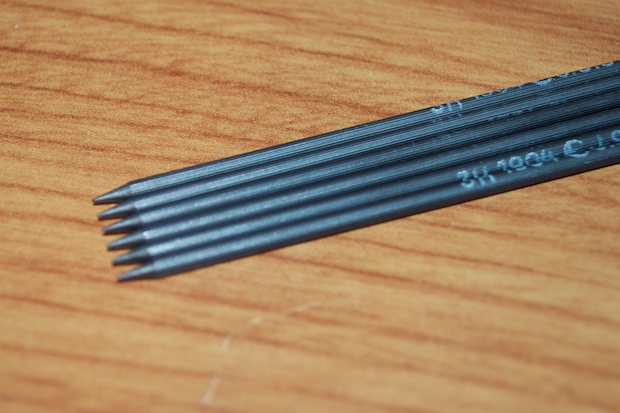
Each lead is branded with the Staedtler-Mars name and logo as well as the hardness level. That’s a good idea if you’re in the habit of swapping leads around. You can always make sure they end up back in the right case.
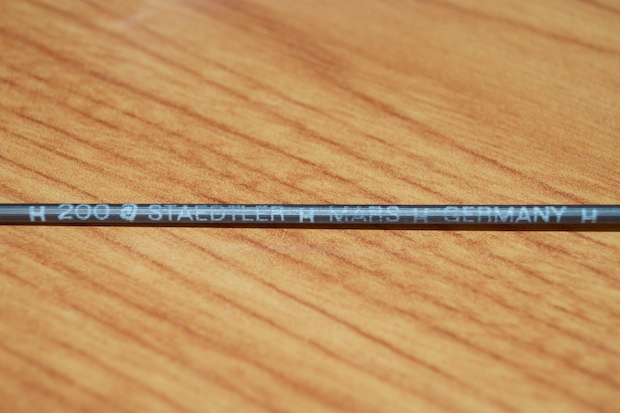
This one is a REXEL 3H No. 180. I found a few pictures online, but nothing specific about it. I can only assume it’s of the same vintage as the Staedtler leads.
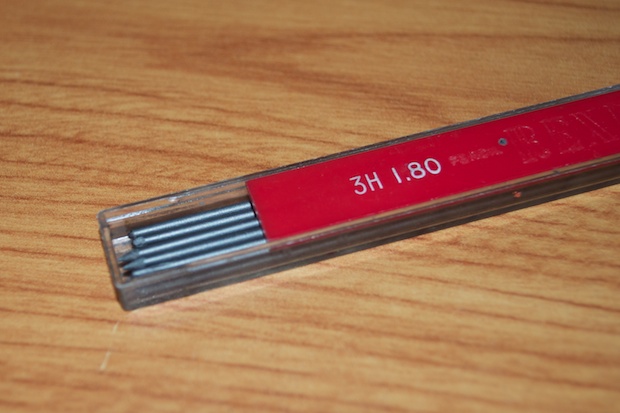
I have used the pencil in the past, but not for drawing. In fact, it sits in my pen/pencil cup on my desk, as has so for years. However, it’s the same piece of leads that’s been in it since my Dad gave it to me decades ago. So that show’s you how much mileage it’s seen.

It’s marked “A.W. FABER-CASTELL-TK 9441 Germany”. I searched online for a date. Every site that listed it showed it as begin from the ‘70s.
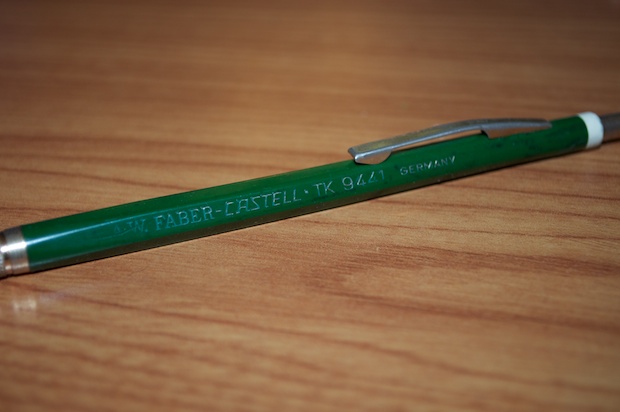
To insert a lead, you pop the end cap off...
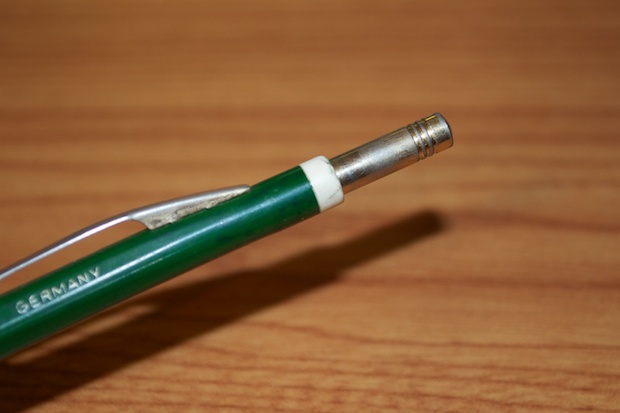
..and slide a lead in.
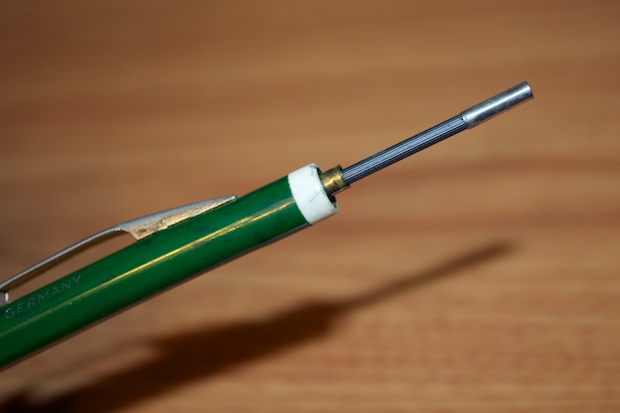
You then replace the end cap and press. The business-end is equipped with some grippers, similar to that of a drill. When you press on the cap, they’ll open up so that the lead can advance forward. It’s not automatic, so you have to manually expose as much lead as you need.

In addition to the pencil and lead, I also found some stencils used for PCB design.
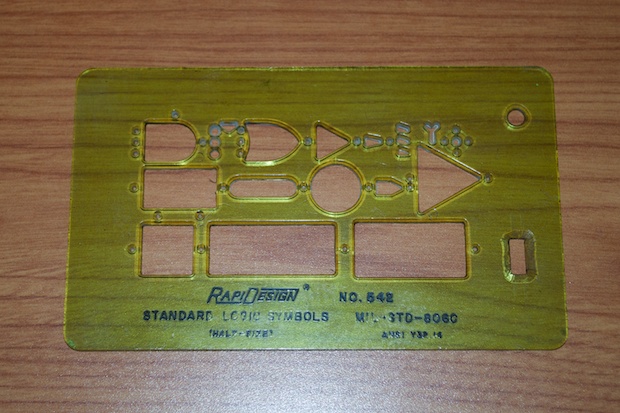
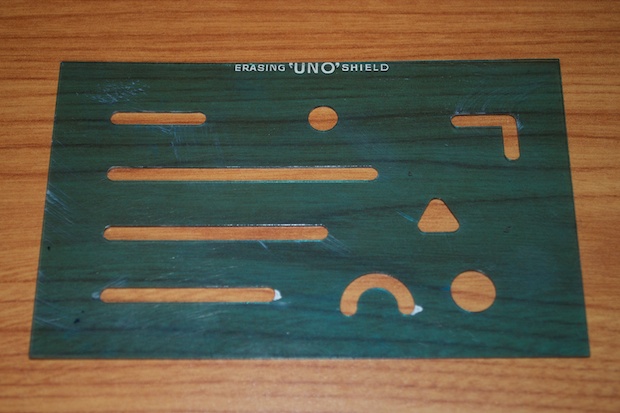
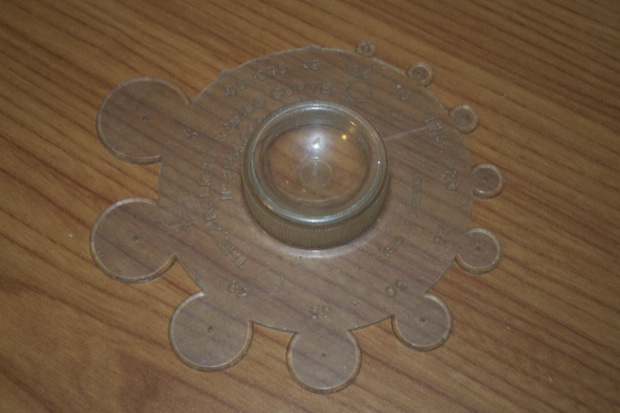
Pretty cool stuff. I’ll have to try my hand at drawing something with these leads. How’s about a sexy girl?
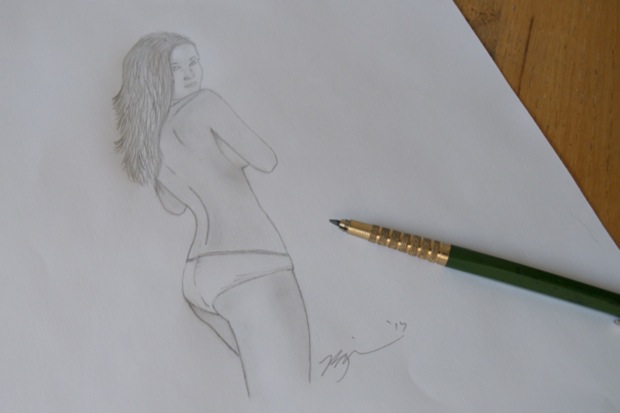
Not bad for 30 minutes. I like the 5H lead. It’s good for hard lines, the 3H for shading.

















